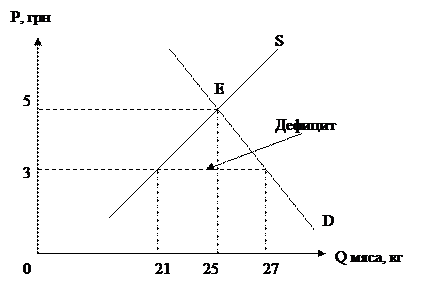Airport Security by country
Canada All restrictions involving airport security are determined by Transport Canada and are enforced by the Canadian Air Transport Security Authority (CATSA). Since the September 11, 2001 attacks, as well as theAir India bombing in 1985 and other incidents, airport security has tightened in Canada in order to prevent any attacks in Canadian Airspace. CATSA uses x-ray machines to verify the contents of all carry-ons as well as metal detectors, explosive trace detection (ETD) equipment and random physical searches of passengers at the pre-board screening points. X-ray machines, CTX machines, high-resolution x-rays and ETDs are also used to scan checked bags. All checked baggage is always x-rayed at all major commercial airports. CATSA also completed the first phase of its Restricted Area Identity Card (RAIC) program in January 2007. This program replaces the old Airport Restricted Area Passes issued to airport employees after security checks by the Canadian Security Intelligence Service, the Royal Canadian Mounted Police (RCMP) and Transport Canada with new cards (issued after the same checks are conducted) that contain biometric information (fingerprints and iris scans) belonging to the person issued the RAIC. The RAIC has yet to be extended to the security perimeter of Canadian airports for vehicles and persons entering from checkpoints not within airport terminals. As of September 2010 it is being tested at the Vancouver International Airport. Vehicles and personnel entering near the domestic terminals from the YVR cargo and south side must drive through the new CATSA security screening booth. While CATSA is responsible for pre-board passenger and random non-passenger screening, they contract out to third-party "service providers" such as G4S, Aeroguard and Garda to train, manage and employ the screening officers. In addition, individual airport authorities which were privatized in the 1990s by the Canadian Government are responsible for general airport security rather than CATSA and normally contract out to private companies and in the case of large airports, pay for a small contingent of local police officers to remain on site as well. Safety and security at Canada's airports are provided by local police forces. The RCMP once used to provide this service at most airports, but remains so for a few today: · Toronto Pearson International Airport — Peel Regional Police Airport Division · Winnipeg James Armstrong Richardson International Airport — Winnipeg Police Service · Calgary International Airport — Calgary Police Service Airport Unit (1997) · Edmonton International Airport — RCMP airport detachment · Vancouver International Airport — RCMP airport detachment · Halifax Stanfield International Airport — RCMP airport detachment · Ottawa Macdonald-Cartier International Airport — Ottawa Police Service (1997) · Montréal-Pierre Elliott Trudeau International Airport — Sûreté aéroportuaire along with the support of the Airport Unit of the Montreal Police Service European Union Regulation (EC) No 300/2008[16] of the European Parliament and of the Council establishes common rules in the European Union to protect civil aviation against acts of unlawful interference. The regulation's provisions apply to all airports or parts of airports located in an EU country that are not used exclusively for military purposes. The provisions also apply to all operators, including air carriers, providing services at the aforementioned airports. It also applies to all entities located inside or outside airport premises providing services to airports.[17] The standards of regulation 300/2008 are implemented by Commission Regulation (EU) No 185/2010.[18]
|




